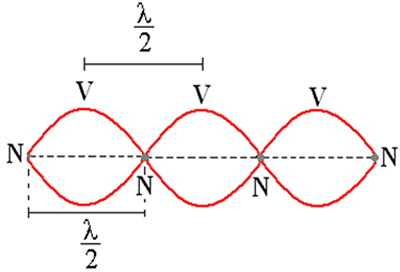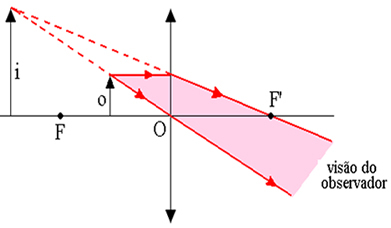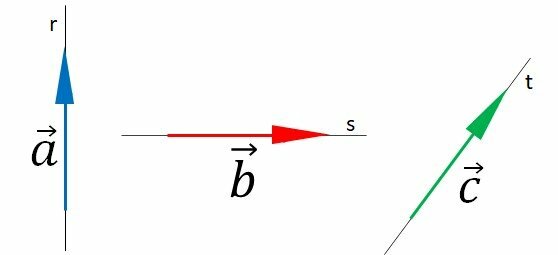In the study of the basic concepts of waves, we have to pay attention to a characteristic, which is the transport of energy without the transport of matter. That's why we say that they are just deformations that propagate through a medium. As such, they can traverse the same region at the same time.
When two periodic waves of equal frequencies, wavelengths and amplitude, propagating in opposite senses, overlap in a given environment, we see an interference figure formed called the standing wave. Evidently, this is not a wave, in the normal sense of the term, but a particular interference pattern.
The simplest case of this type of interference is that which occurs in a taut string, in which the waves produced at one end overlap the waves reflected at the opposite end. The midpoints in which it is established oscillate in MHS, with amplitudes that depend on the position of the considered point.

At constructive interference points (V), named bellies or ventral points, the oscillation amplitude is maximum, corresponding to twice the amplitude of each constituent wave.
Do not stop now... There's more after the advertising ;)
To totally destructive interference points (N) we name we or nodal points, which do not oscillate, thus remaining in balance (see figure above). The distance between two consecutive bellies, or between two consecutive nodes, is equal to half the wavelength of the standing wave.
To produce a standing wave we must first fix the two ends of a string on a wall and then cause one end to vibrate with periodic vertical movements. Let's look at the illustration below.

In the figure above we can see the fundamental frequency of oscillation in a string with fixed ends. For the longest wavelength, the corresponding relationship is the smallest frequency. This basic relationship can be observed through the following equation:
v = λ .ƒ
By Domitiano Marques
Graduated in Physics
Would you like to reference this text in a school or academic work? Look:
SILVA, Domitiano Correa Marques da. "Standing Waves"; Brazil School. Available in: https://brasilescola.uol.com.br/fisica/ondas-estacionarias.htm. Accessed on June 27, 2021.



